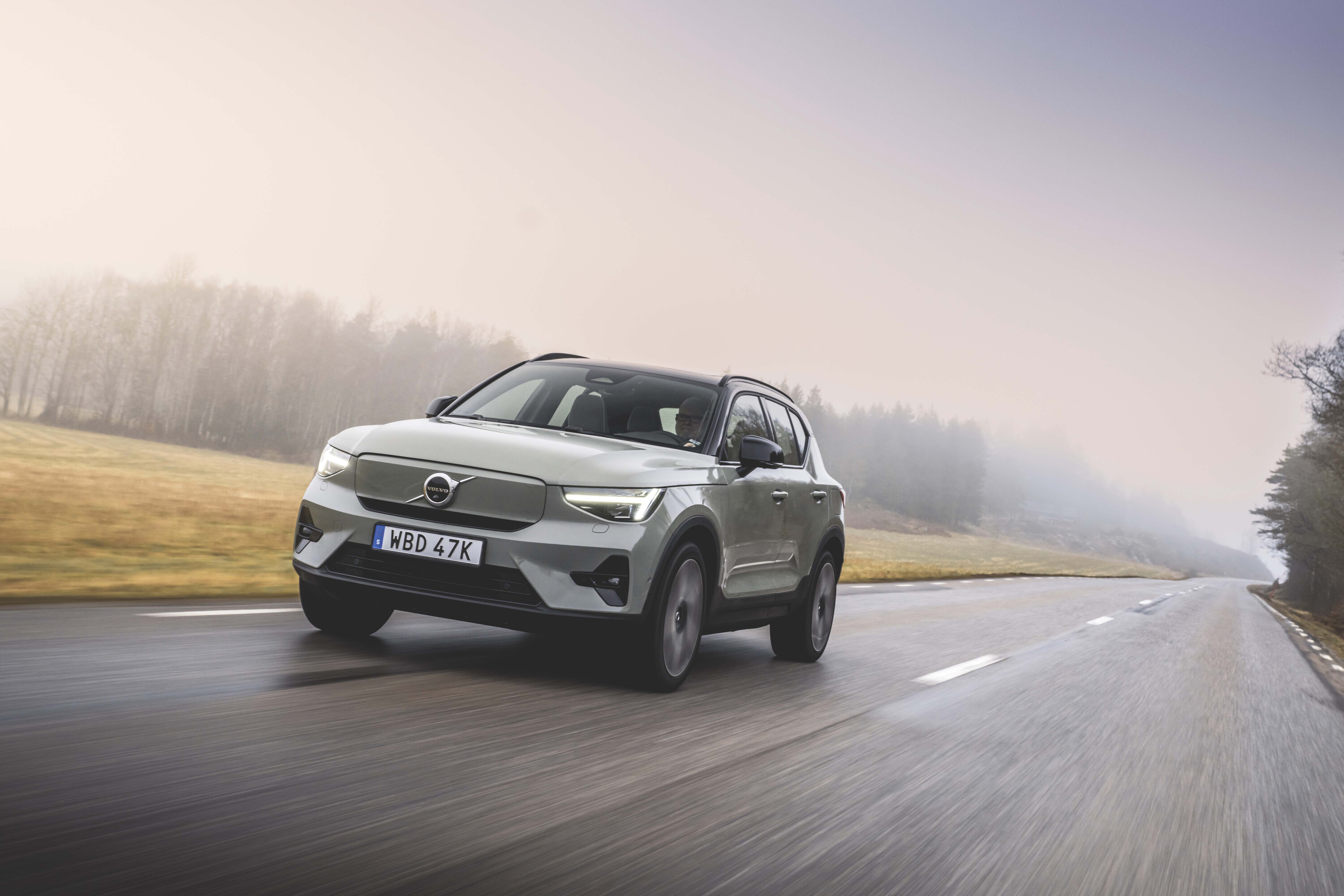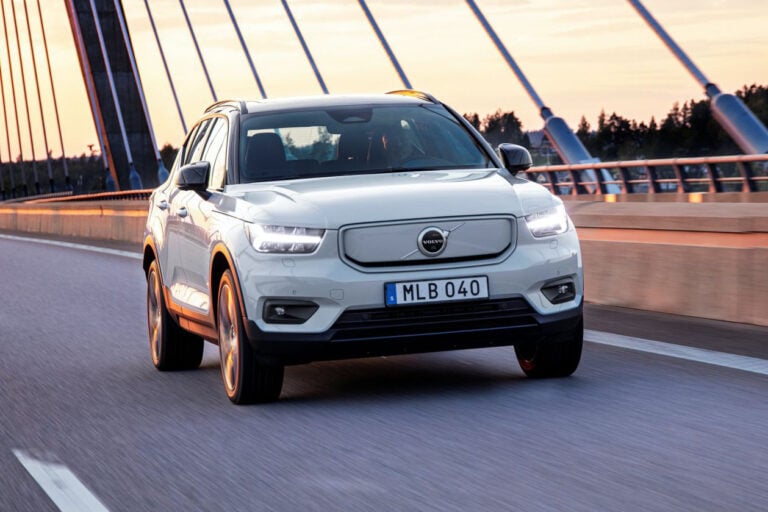Things we like
- Unaggressive looks
- Easy-going handling
- Notable improvement in its range
Not so much
- It’s not become a thriller
- Dual-motor version a touch OTT
- Decent price hike on before
Before the updated XC40 Recharge Pure Electric arrives in Australia, we’ve taken it for a spin in Europe.
What’s significant about the updated Volvo XC40 Recharge?
Key Points
- Now RWD in entry form!
- Faster charging
- Longer driving range
- More range means higher prices…
Volvo is pledging to be a fully electric brand in Australia by 2026, and you’re looking at a pretty important step in that direction: an updated version of the purely electric XC40.
This was already a pretty solid car – one of the funkier looking small SUVs on the outside while one of the comfier, more compliant to drive. A big overhaul wasn’t needed, merely detail improvements.
Nevertheless, Volvo has done something notable, switching the entry XC40 Recharge from front- to rear-wheel drive.
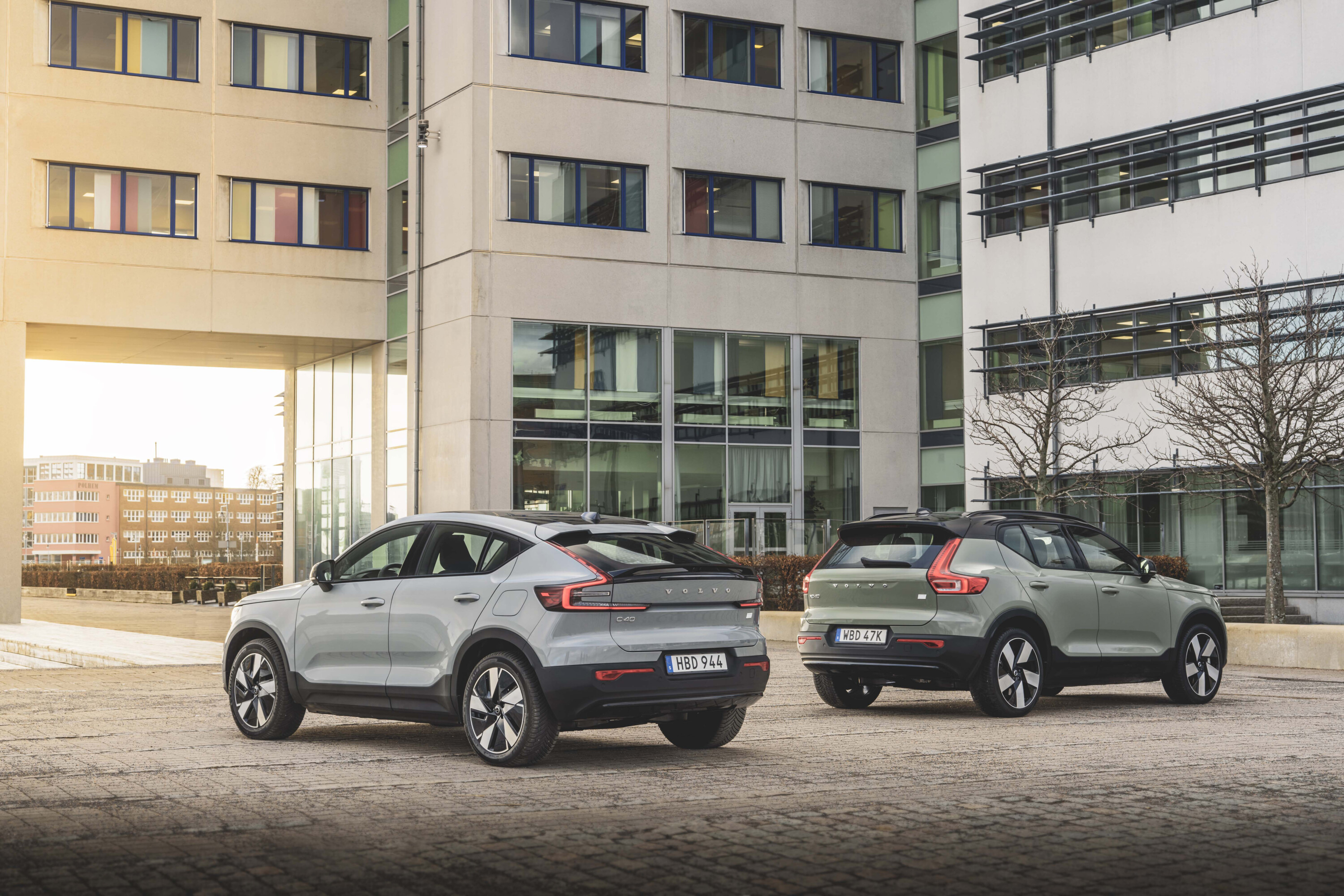
It’s a move that would usually constitute madness in the world of internal-combustion cars – but when you’re dealing with batteries and motors, it’s not such an earth-changing shift from a manufacturing perspective.
Before you get too excited, however, it’s more about efficiency gains than rekindling Volvo’s rear-driven past, however much the engineers’ eyes sparkle when we raise the topic. Don’t expect a drift machine.
But do expect to travel further on each charge: the single-motor version climbs from 425km to 461km of range, while the dual-motor (and AWD) version jumps a mightier 100km for a total of 538km.
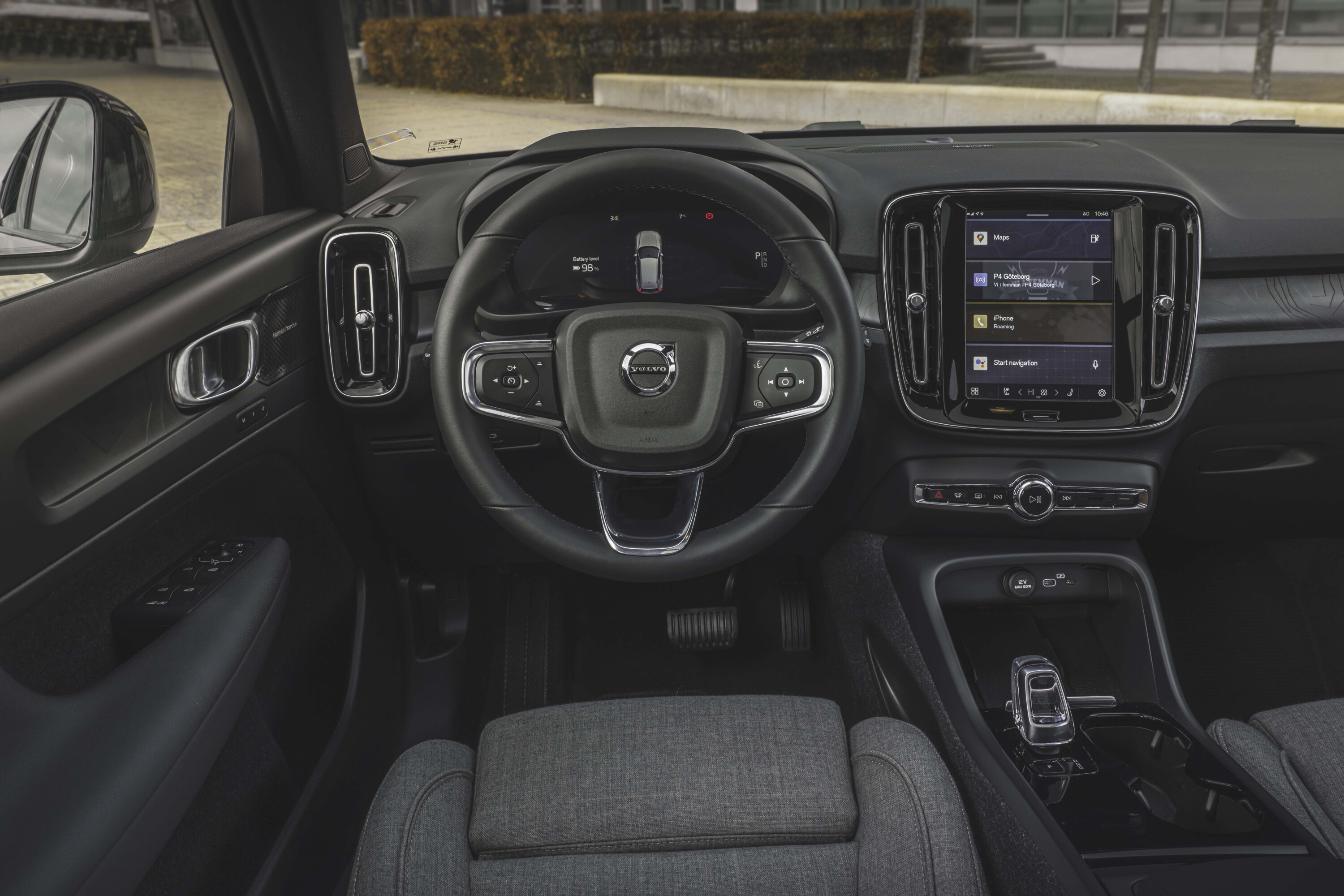
When is the MY24 XC40 Recharge due in Australia?
We’ll see these updated, more efficient XC40s by October 2023. Pricing is a little punchier than before, with a $4000 rise for the single-motor car, to $76,990, and a $6500 hike for the AWD dual-motor, now $85,990.
The disparity can be explained by battery size, the former using a 69kWh unit capable of 135kW charging. The dual-motor car gets a new 82kWh battery – from a fresh supplier – that’ll take up to 205kW of charge.
That means topping up from 10 to 80 per cent in around half an hour, a cut of nine minutes on before.
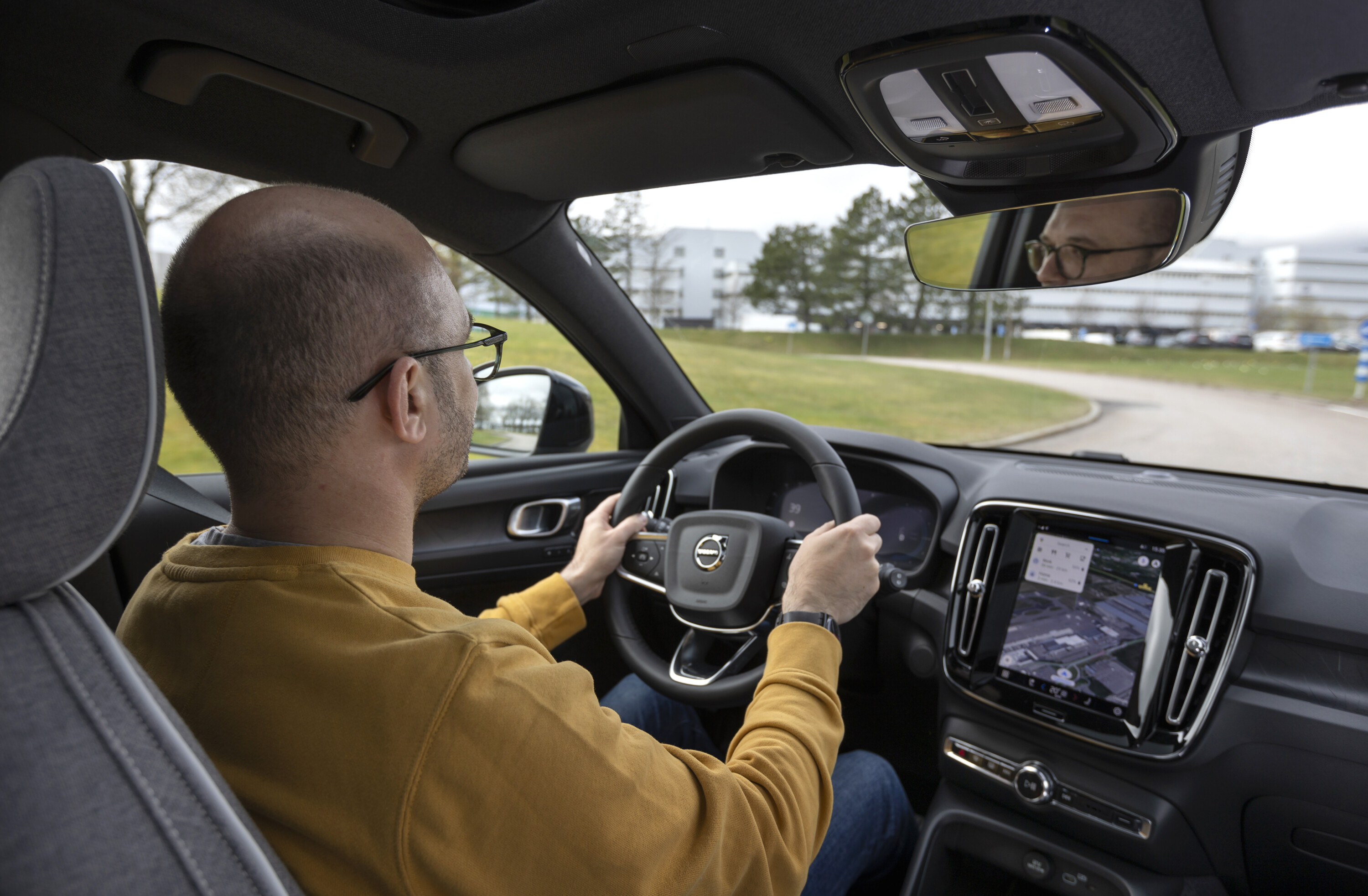
What’s it like to drive?
Switch the driven axle of another car and we’d have lots to talk about. The Holden Commodore’s move to front-wheel drive couldn’t be anything but a major talking point.
Here, though, any excitement surrounding the first rear-driven Volvo in a quarter of a century is short-lived. However urgent the delivery of its electric motor, this is no sports car in disguise.
If you really dig into its grip, you’ll get a slight sensation of being pushed out of corners rather than pulled. But it’s no stronger here than in a Volkswagen ID product with a similar layout.
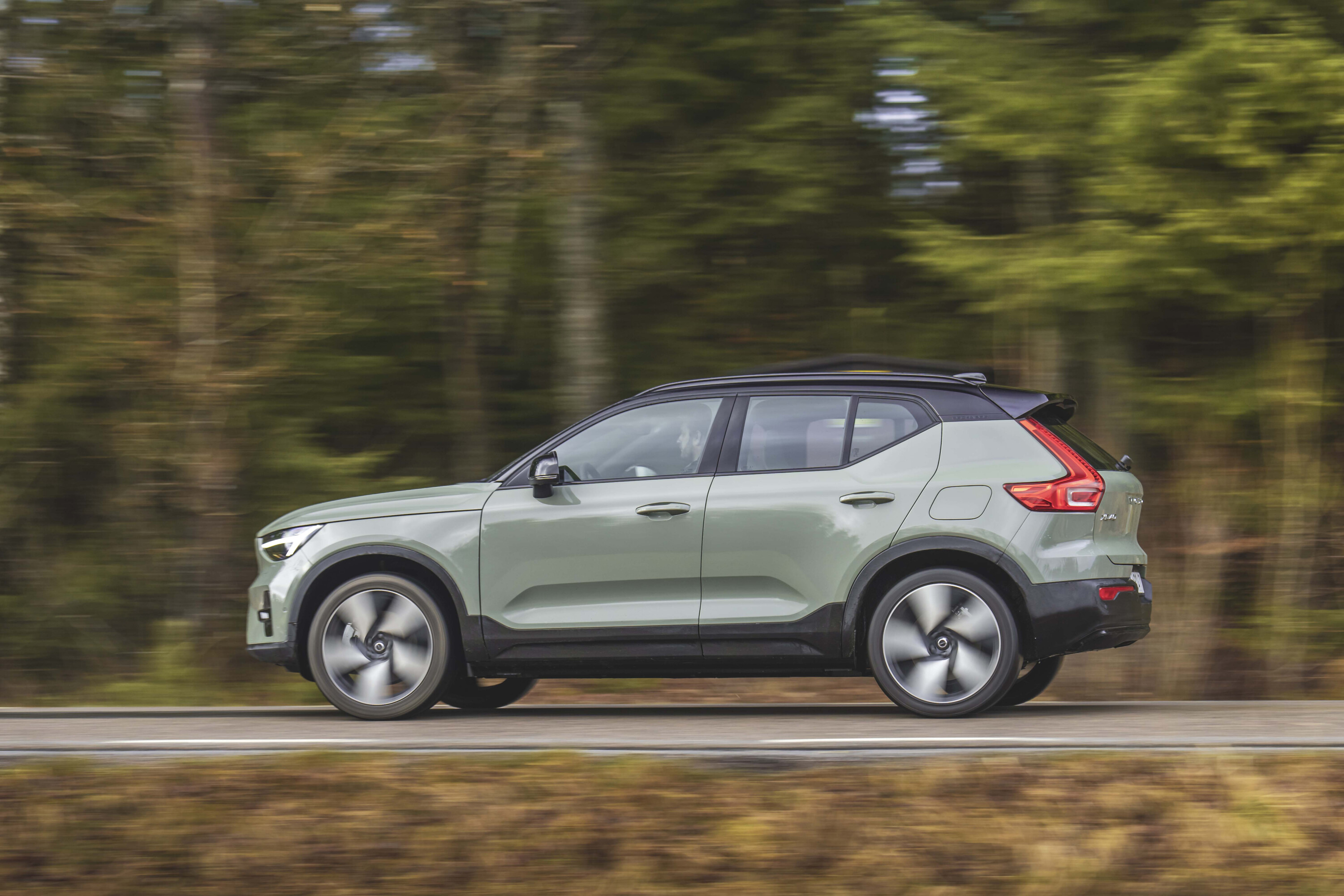
The XC40’s main schtick is comfort and convenience, and the MY24 car carries the baton assuredly.
It rides on aerodynamically honed 19-inch wheels as standard, with optional 20-inch items fitted to our test car. We’d forgo their style to take some edge from its ride quality, while tyre noise is a little pronounced too.
Stiff suspension and exaggerated road noise are no strangers to heavy EVs, with more forces to contain in corners and no powertrain noise to cover other audible fuss. The XC40 can’t completely dodge them, but the interior is broadly a paragon of calm and on smooth road surfaces it proved hushed enough to hear our watch tick.
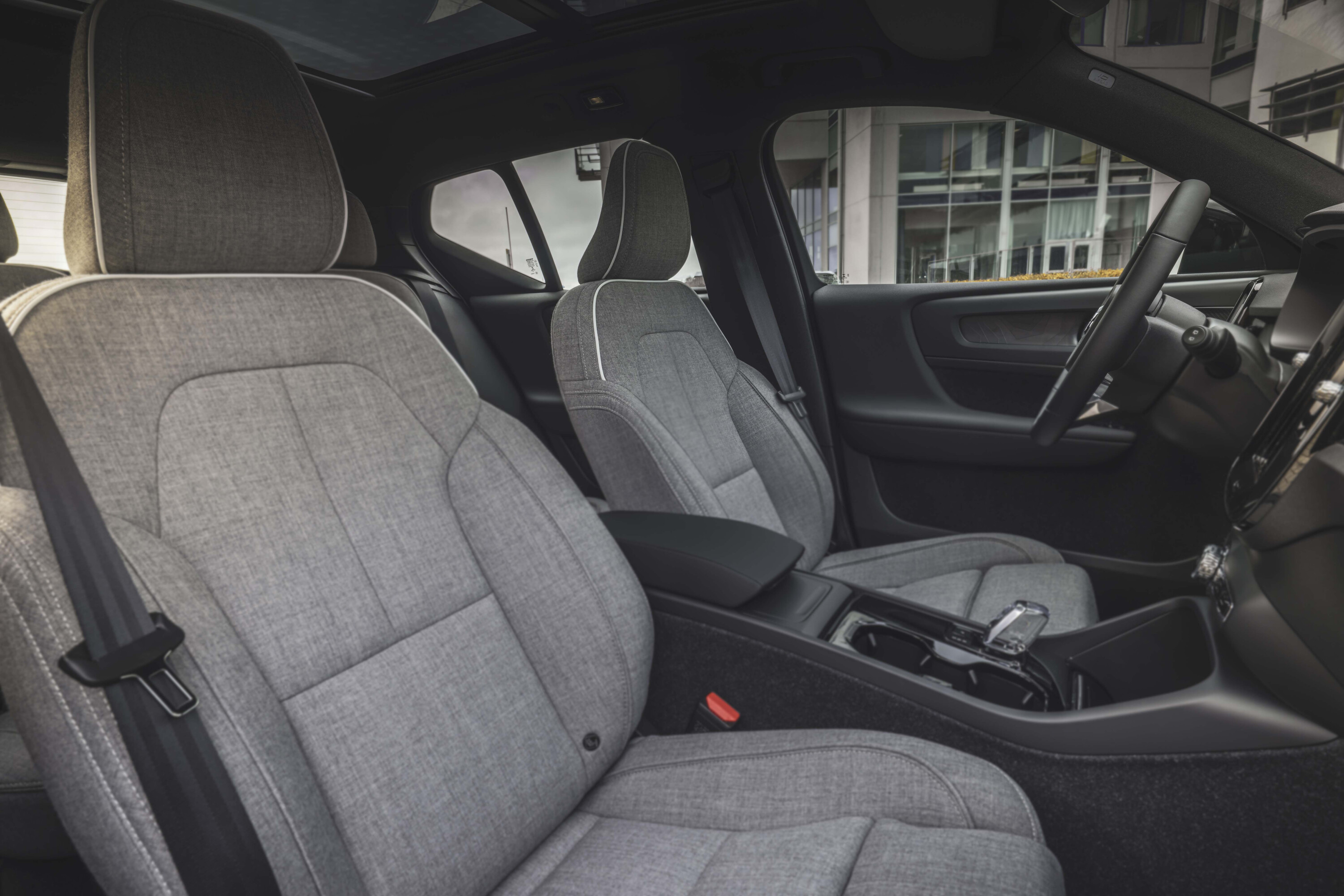
Updates fed in from the C40 fastback include natty and rather likeable illuminated door cards which mimic a topographical map, while the large portrait touchscreen will link neatly to your smartphone.
We’d go with the smaller powertrain option. It’s a shame the Australian market won’t get its longer-range iteration, which pairs RWD with the larger, quicker charging 82kWh battery, for a ‘best of all worlds’ package.

Australia’s best electric cars for 2023
We’ve tested nearly every EV below six figures in Australia to rank the best on sale today
The dual-motor XC40 is simply too quick for the task at hand, its 300kW and 660Nm peaks bordering on the cartoonish in a tall family car.
The power is managed admirably and with 50:50 weight distribution, the handling is neat. There’s nothing to actually complain about. But we’re not riding in a Polestar here and there’s no need to be knocking on Porsche’s door.
So we’d suggest sacrificing its 4.9sec 0-100km/h time and going for the eminently more sensible single-motor car. Weight distribution creeps backwards (47:53) while its 175kW peak is still more than ample.
Within all speed limits it feels nearly as urgent as its AWD sibling and it’s only with sustained acceleration that you’ll notice the sort of gulf its 7.4sec 0-100km/h time might imply.
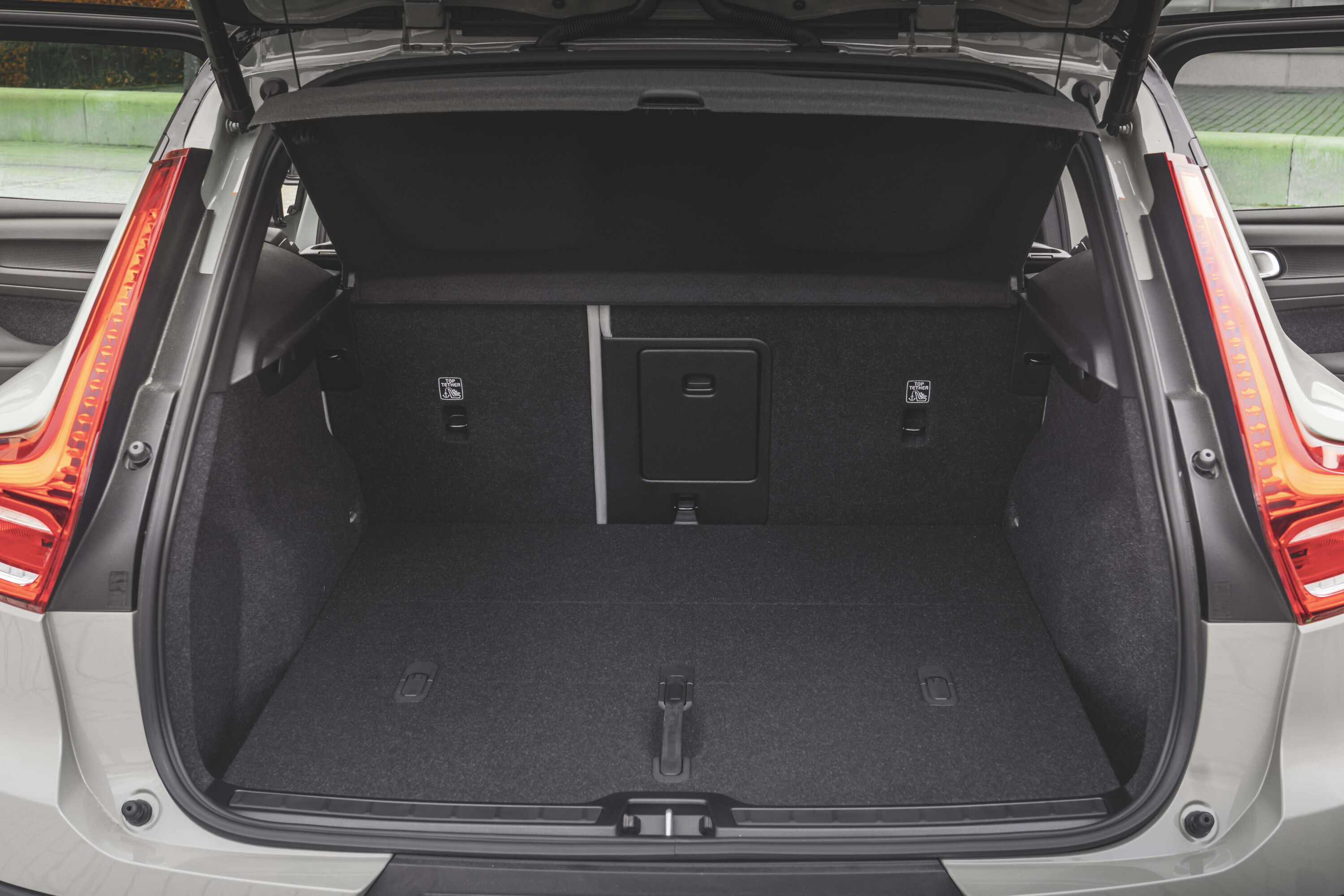
Is it worth waiting for the MY24 XC40 Recharge?
There’s lots to like here.
The XC40 looks cool, calm and unthreatening, giving the electric SUV market a softer-edged competitor. An approach reflected in its driving experience, too, especially if you opt for the more modest performance of the single-motor car.
But we’d advise checking out its Korean competitors before taking the plunge; an Ioniq 5 or EV6 offers similar performance and range with quicker charging, albeit edgier looks.
This is a market burgeoning with diverse options, whichever way you cut it.

Things we like
- Unaggressive looks
- Easy-going handling
- Notable improvement in its range
Not so much
- It’s not become a thriller
- Dual-motor version a touch OTT
- Decent price hike on before

